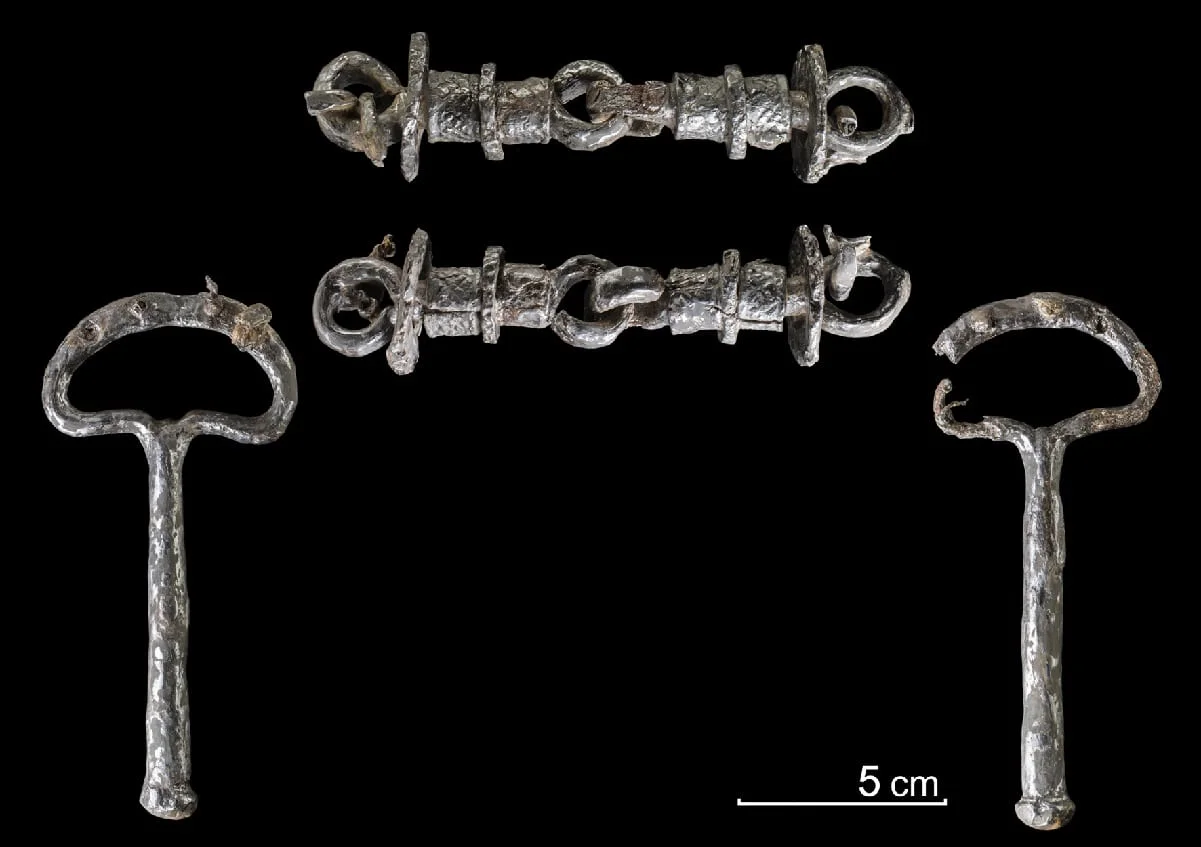Archaeologists from the Regional Association of Westphalia-Lippe (LWL) have revealed a large deposit of Iron Age weaponry and artefacts on the Wallburg Wilzenberg Hillfort in Schmallenberg, Germany.
The Wallburg Wilzenberg Hillfort is a ring wall fortification located on the Wilzenberg mountain, also called the “Holy Mountain of the Sauerland” on the western edge of the Rothaargebirge range. The site dates from the pre-Roman Iron Age around 300 BC and consists of raised embankments with stone and wooden fortifications.
Previous studies during the 1950’s unearthed spear and lance tips, along with swords that appeared to be deliberately furled.
The latest discovery was made by local history researcher Matthias Dickhaus who conducted a metal detector survey on behalf of the LWL. This led to the recovery of around 100 finds, including 40 tips from spears and lances, fragments of shield bosses, parts of harnesses, a rare bridle, and several tools.

LWL archaeologist Dr. Manuel Zeiler said: “According to current research, it is conceivable that a fight took place in the area around Wilzenberg and that the winners completed their triumph by bringing the captured weapons, belts and harnesses to the Wallburg.”
The researchers suggest that the items, along with those discovered during the 1950’s were purposely destroyed as part of a ritual act to show the inferiority of their opponents. Other Iron Age cultures are known to have bent the weapons of a defeated enemy in a similar way to the newfound hoard.
“The damage was clearly not caused during a fight, and consequently Wilzenberg is not a battlefield,” emphasises Zeiler. Since the weapons cannot be precisely dated, it is not clear whether weapons were damaged and laid down here over centuries or whether this took place as part of a single event.
Header Image Credit : LWL-Archäologie für Westfalen / Hermann Menne







